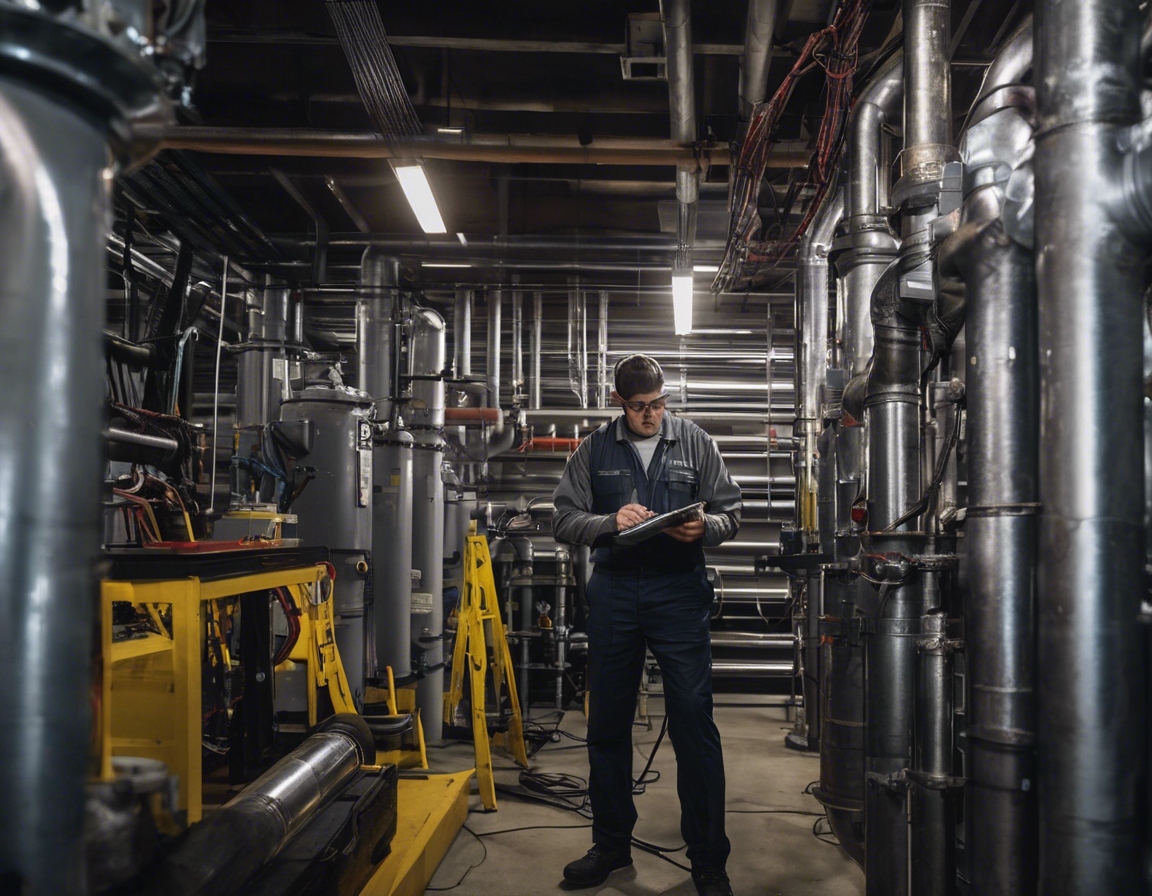Innovative trends in construction engineering
In the ever-evolving world of construction engineering, staying ahead of the curve is crucial for ensuring efficiency, sustainability, and safety. As urban areas continue to expand and the demand for innovative building solutions grows, construction engineering is embracing new trends that promise to revolutionize the industry. This blog post explores some of the most significant trends shaping the future of construction engineering.
Sustainable Building Practices
The push towards sustainability has led to the development and adoption of green building materials. These materials, such as recycled steel, bamboo, and low-VOC paints, are designed to reduce the environmental impact of construction projects. By using sustainable materials, construction engineers can create buildings that are not only environmentally friendly but also cost-effective in the long run.
Energy efficiency is a top priority for modern construction projects. Innovative systems, such as solar panels, geothermal heating, and advanced insulation techniques, are being integrated into building designs to reduce energy consumption. These systems not only lower utility costs for homeowners and property managers but also contribute to a more sustainable future.
Technological Advancements
Building Information Modeling (BIM) is transforming the way construction projects are planned and executed. BIM allows engineers to create detailed 3D models of buildings, enabling better visualization and collaboration among stakeholders. This technology helps identify potential issues early in the design process, reducing the risk of costly errors and delays.
The use of drones and robotics in construction is on the rise, offering new ways to enhance efficiency and safety. Drones are used for site surveys, inspections, and monitoring progress, while robotics are employed for tasks such as bricklaying and concrete pouring. These technologies reduce the need for manual labor and minimize the risk of accidents on construction sites.
Smart Building Technologies
The Internet of Things (IoT) is revolutionizing the construction industry by enabling smart building technologies. IoT devices can monitor and control various building systems, such as lighting, HVAC, and security, leading to improved energy management and occupant comfort. These technologies provide real-time data that can be used to optimize building performance and reduce operational costs.
Smart ventilation and piping systems are becoming increasingly popular in modern construction projects. These systems use sensors and automation to regulate airflow and water distribution, ensuring optimal performance and energy efficiency. By investing in smart systems, property managers can enhance the comfort and safety of their buildings while reducing maintenance costs.
Modular and Prefabricated Construction
Modular and prefabricated construction methods are gaining traction as a way to streamline the building process. These techniques involve assembling building components off-site and transporting them to the construction site for installation. This approach reduces construction time, minimizes waste, and allows for greater quality control, making it an attractive option for both residential and commercial projects.
Safety Innovations in Construction
Wearable technology is playing a crucial role in enhancing safety on construction sites. Devices such as smart helmets and vests equipped with sensors can monitor workers' health and environmental conditions, alerting them to potential hazards. This technology helps prevent accidents and ensures a safer working environment for construction professionals.
As construction projects become more complex, advanced safety training programs are essential for preparing workers to handle new challenges. Virtual reality (VR) and augmented reality (AR) are being used to create immersive training experiences that simulate real-world scenarios. These programs help workers develop the skills and knowledge needed to operate safely and efficiently on construction sites.






Comments (0)